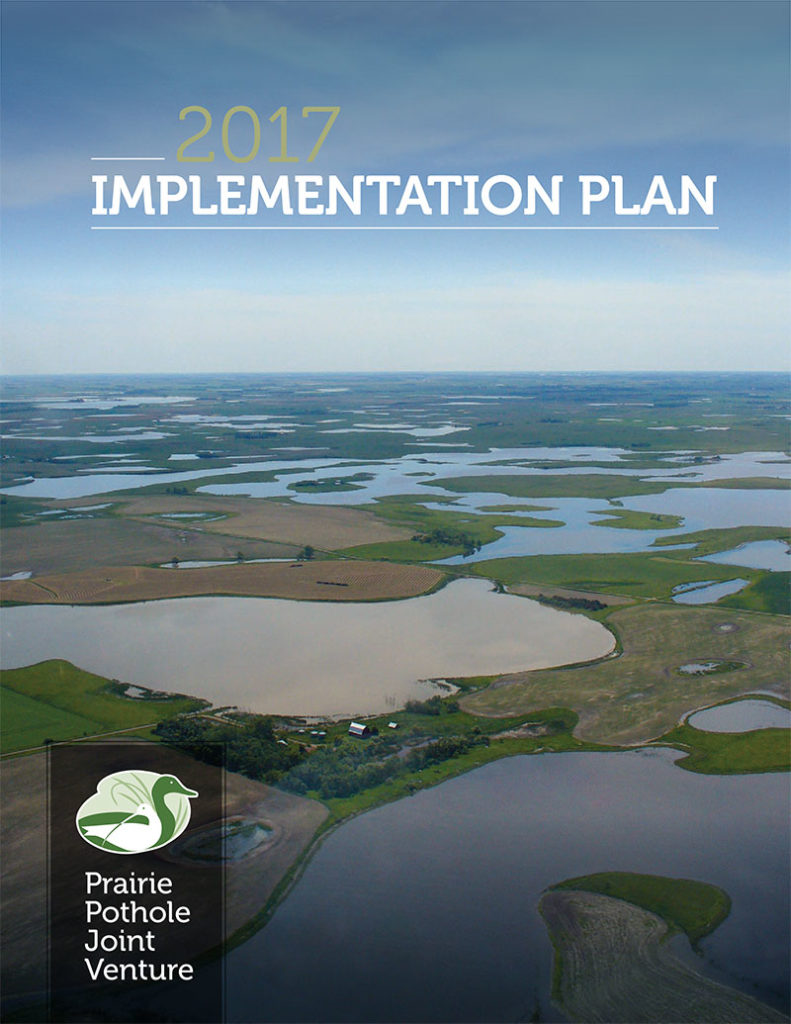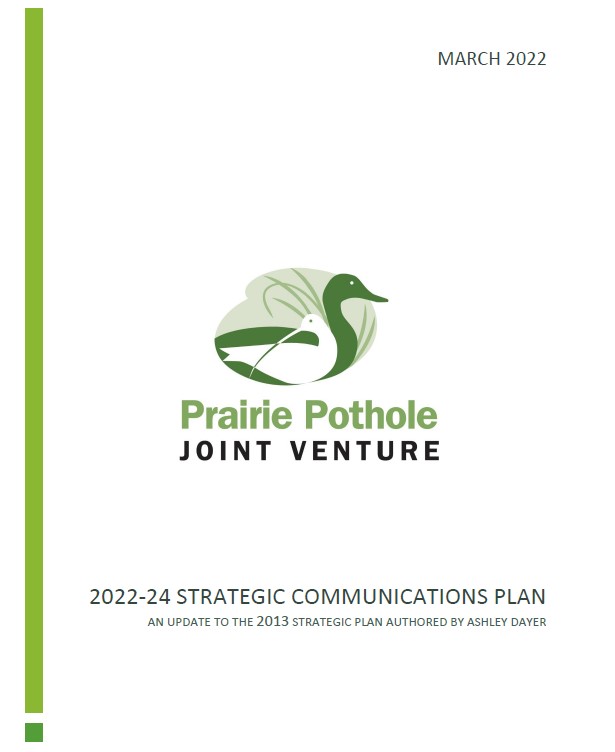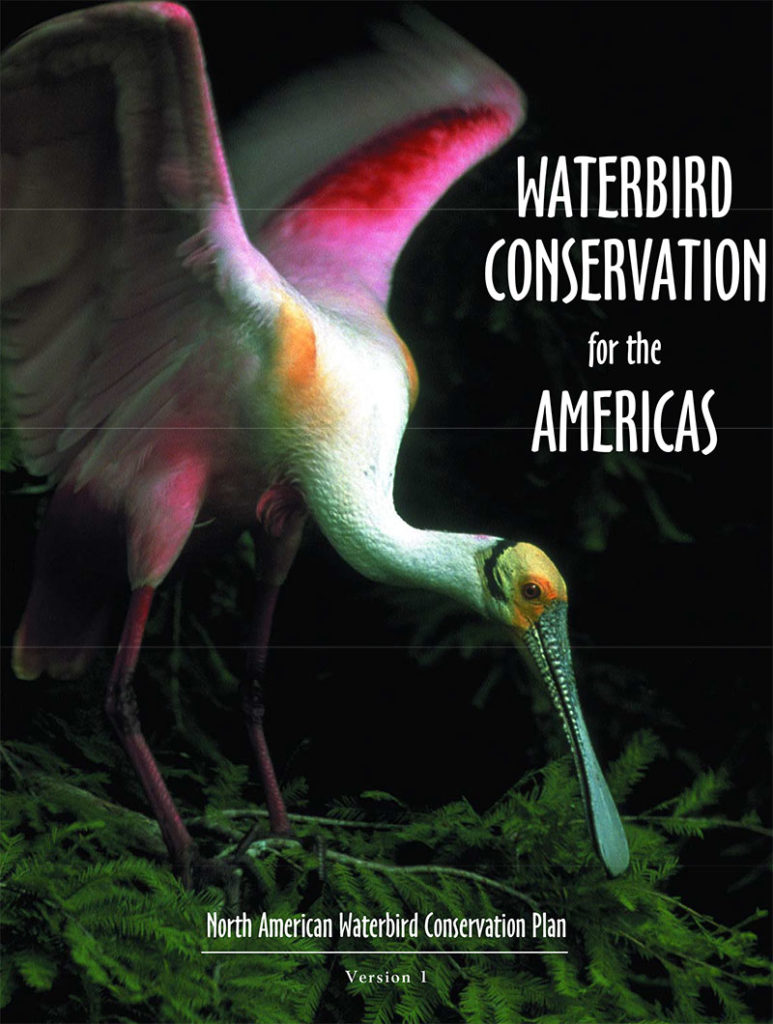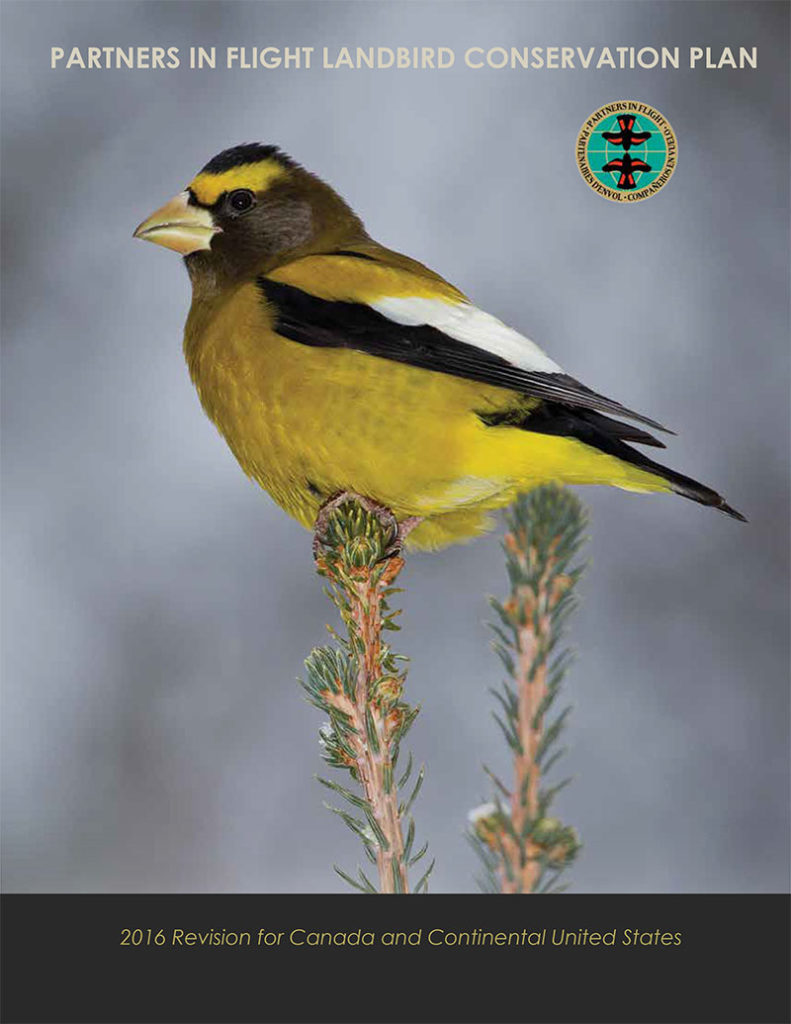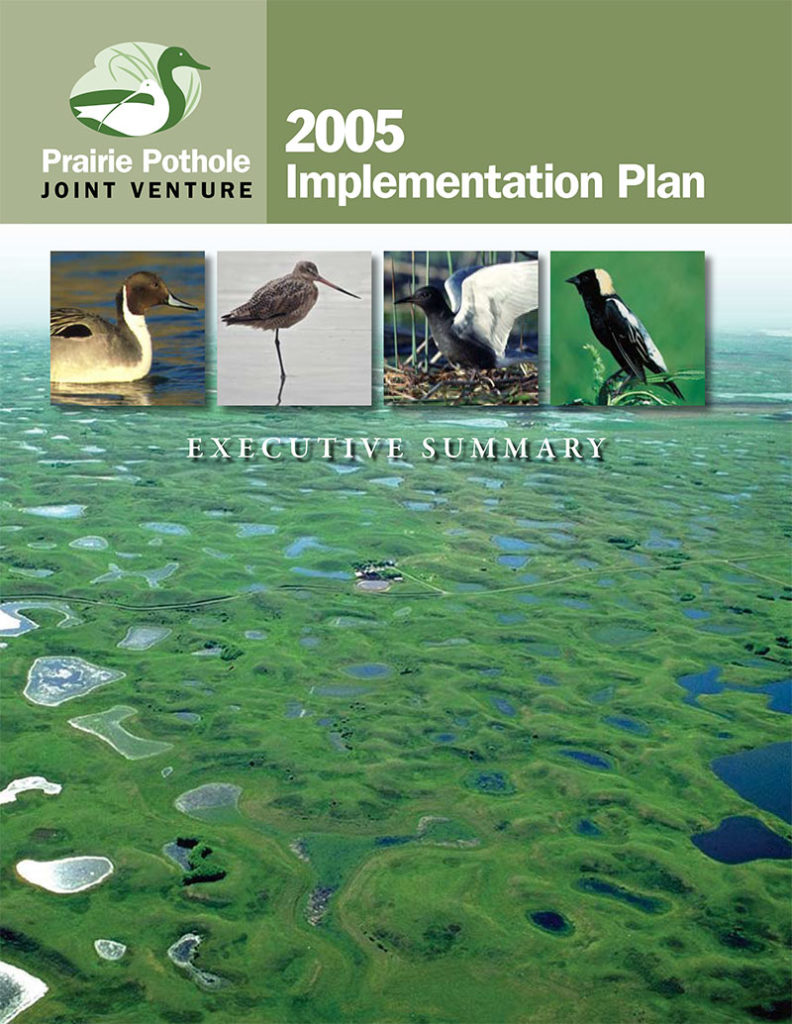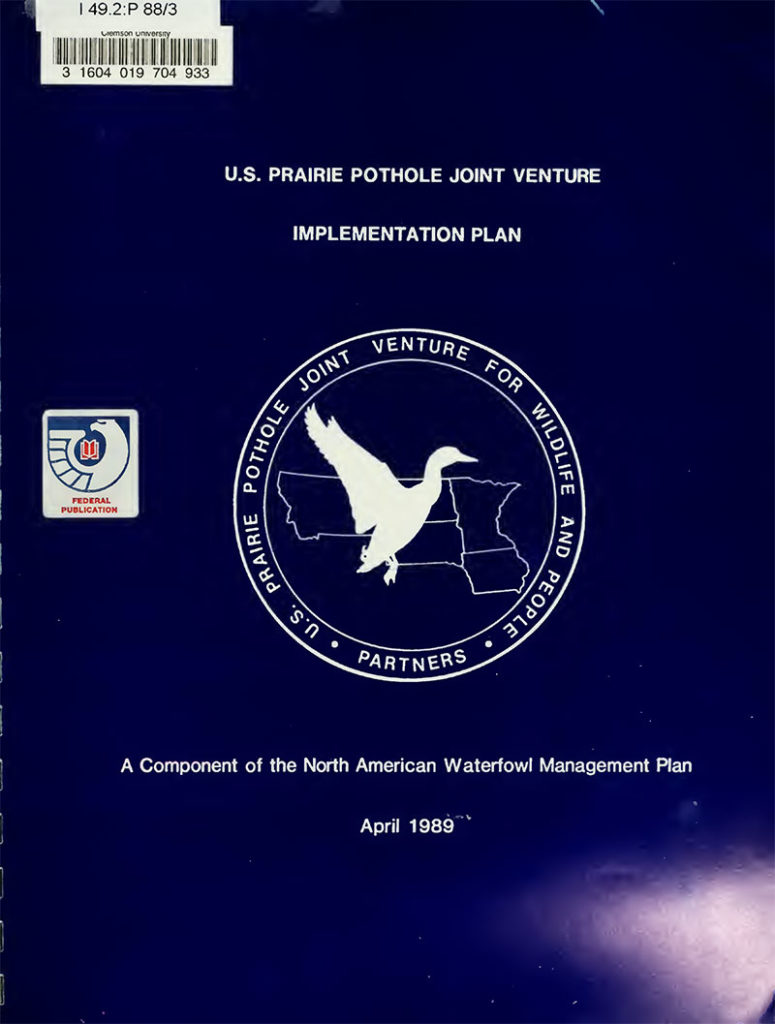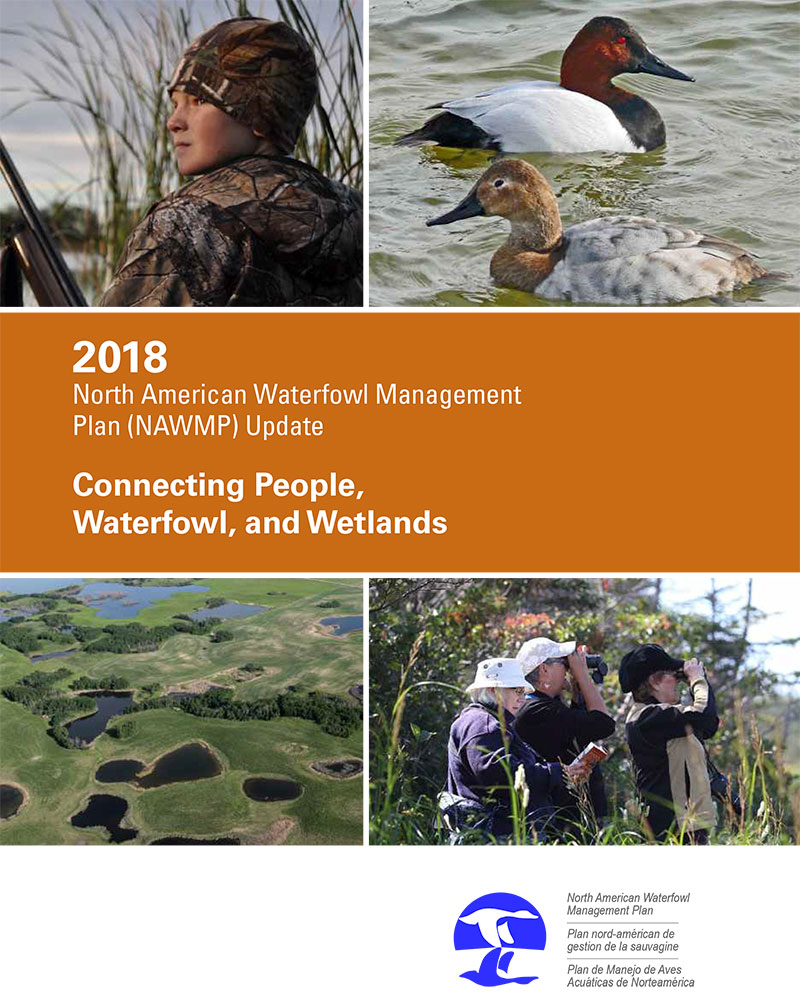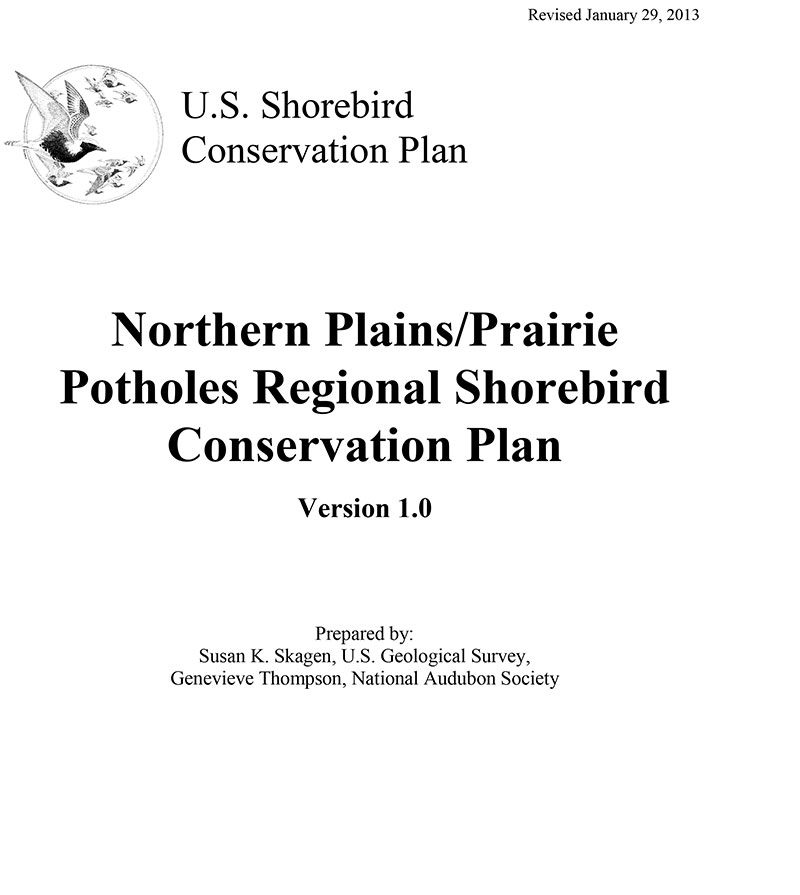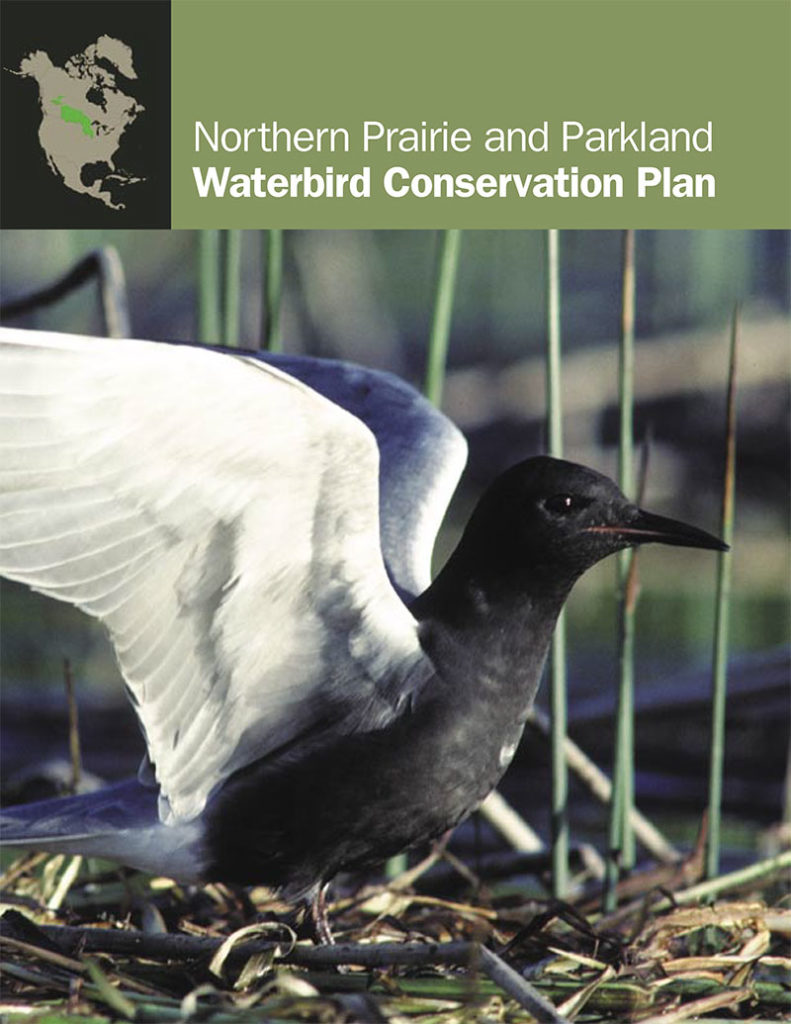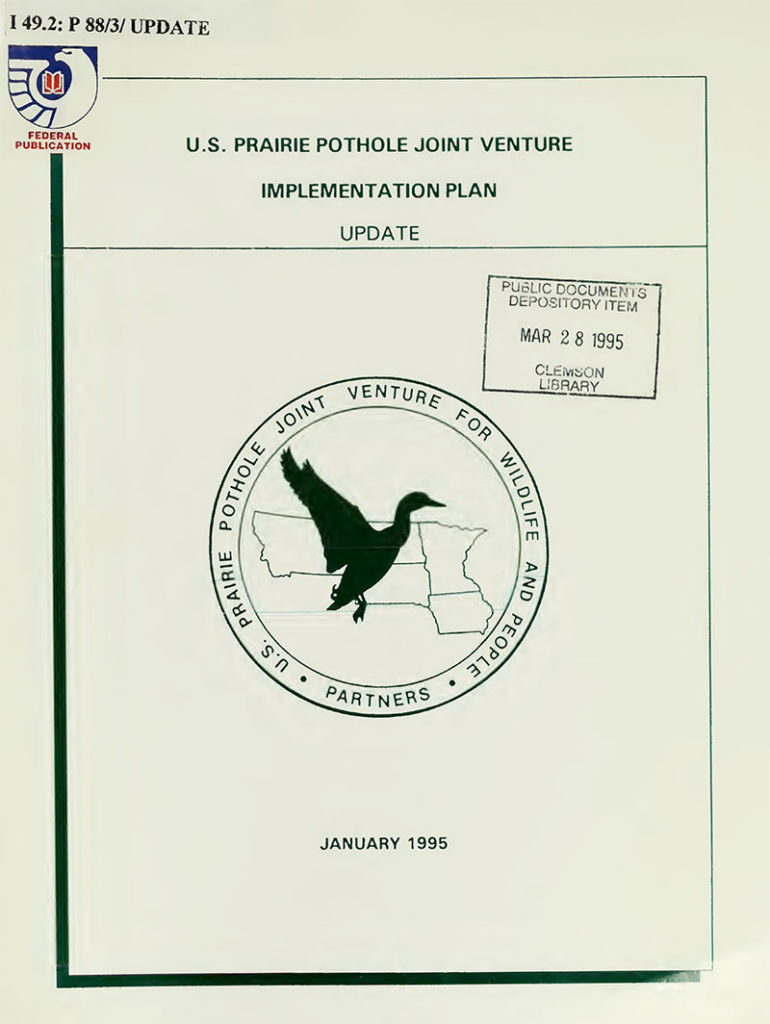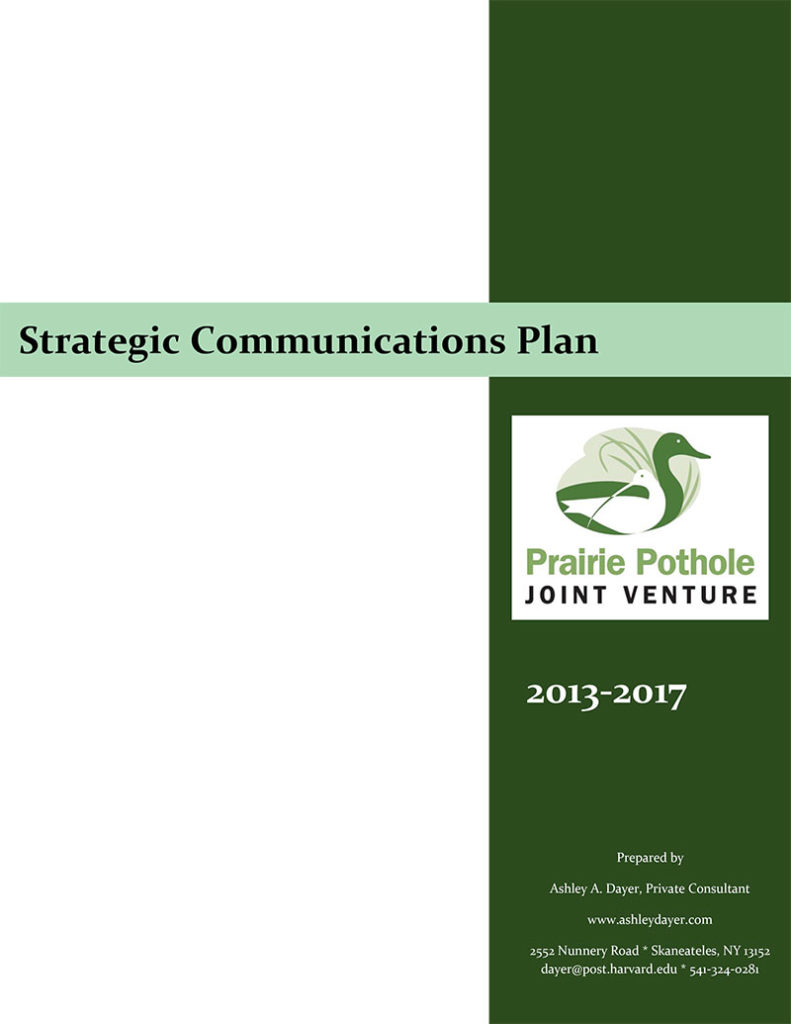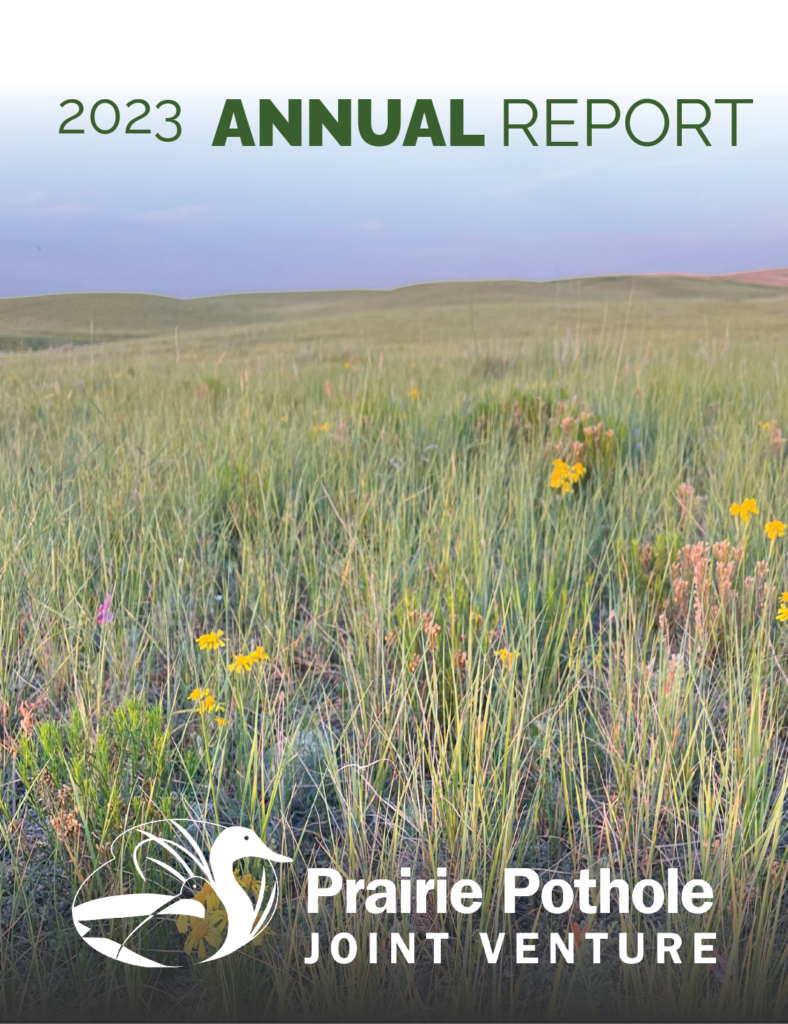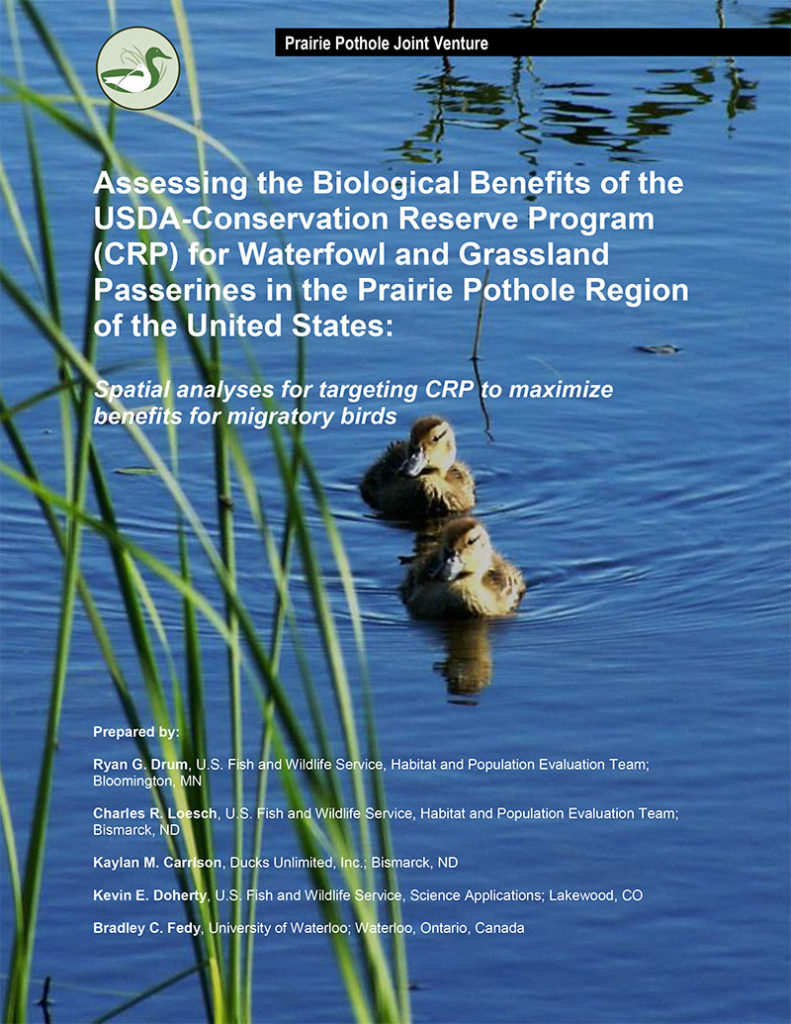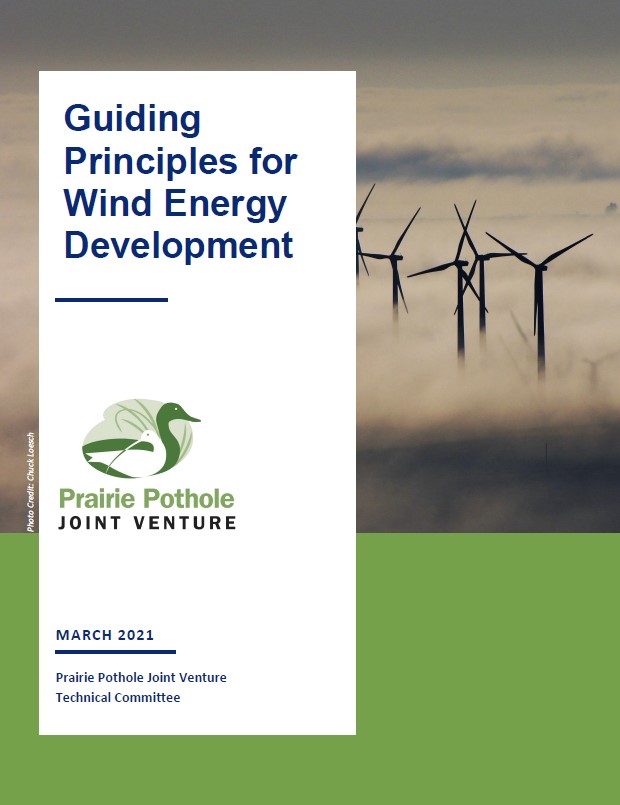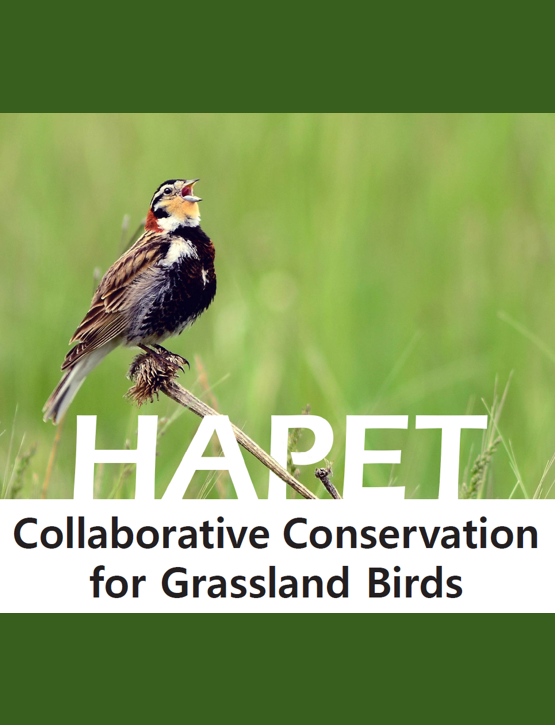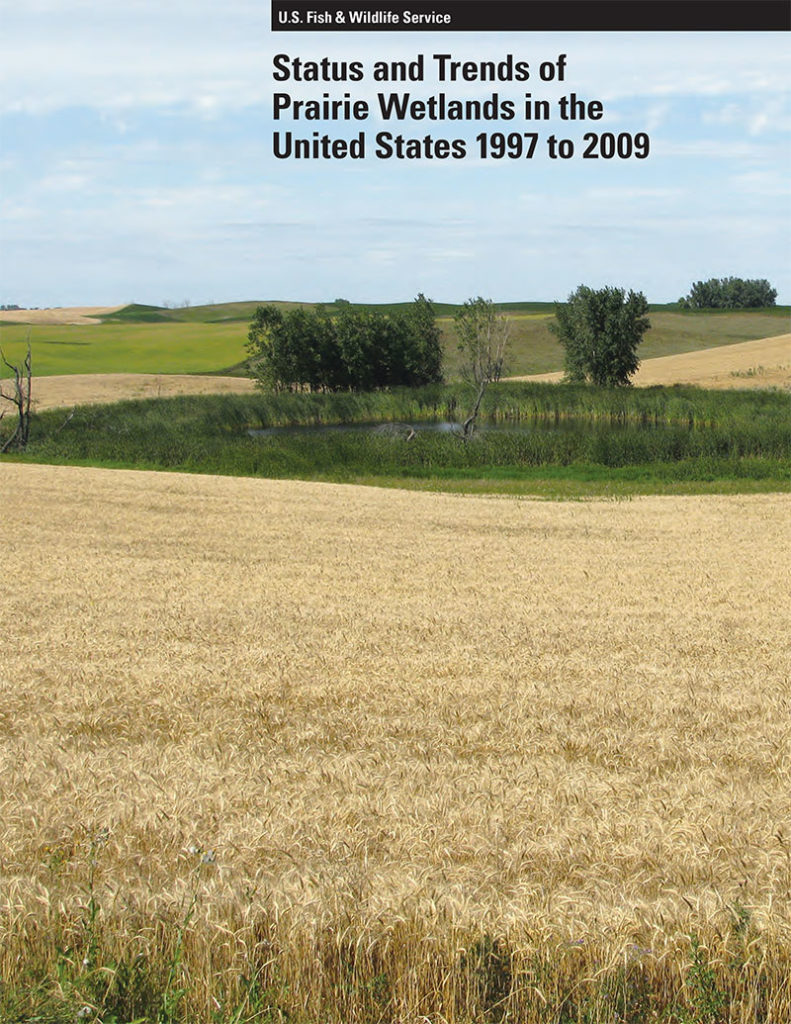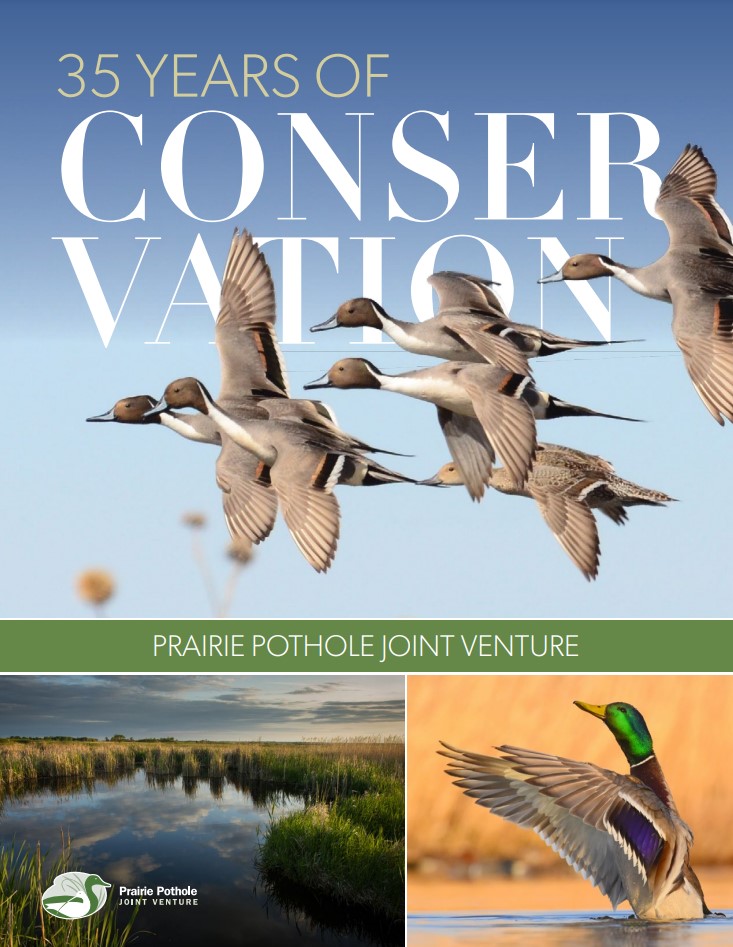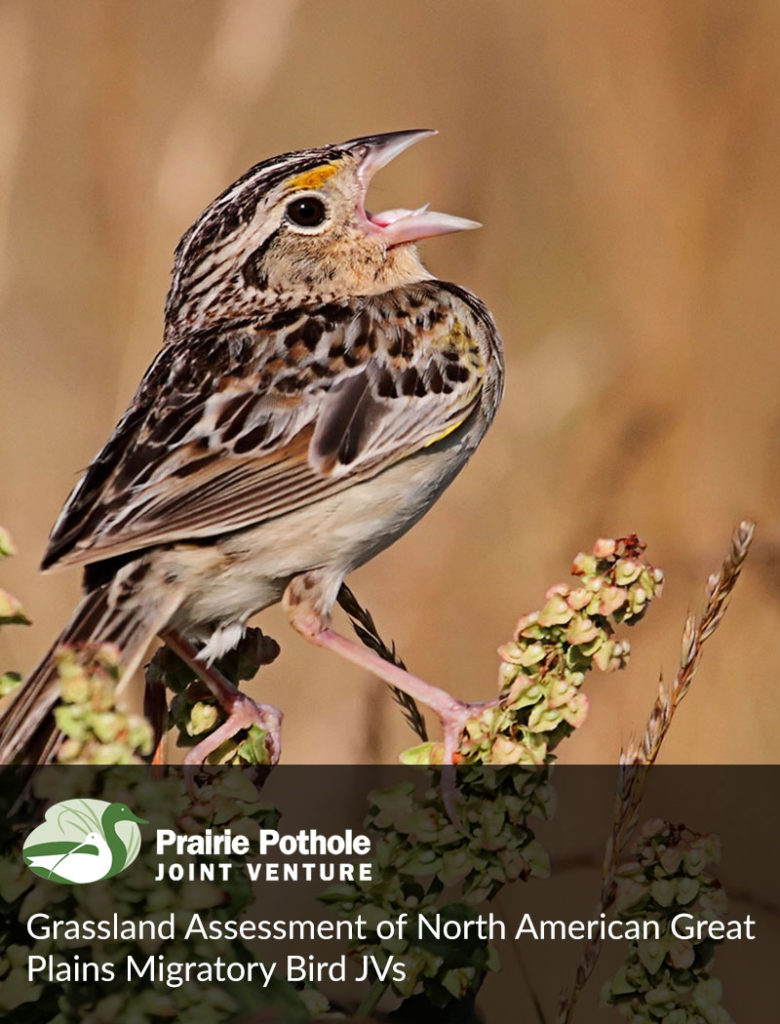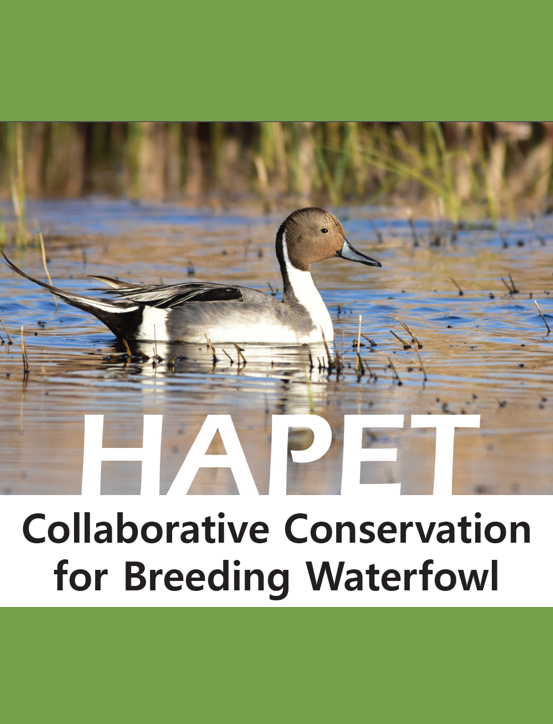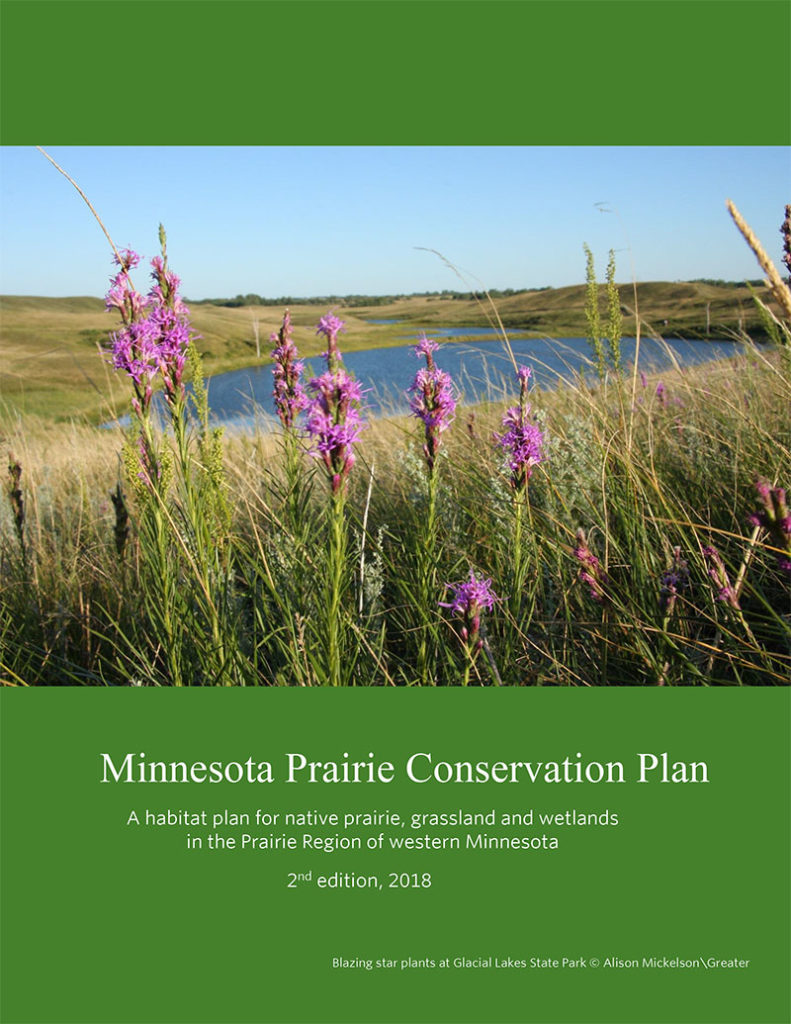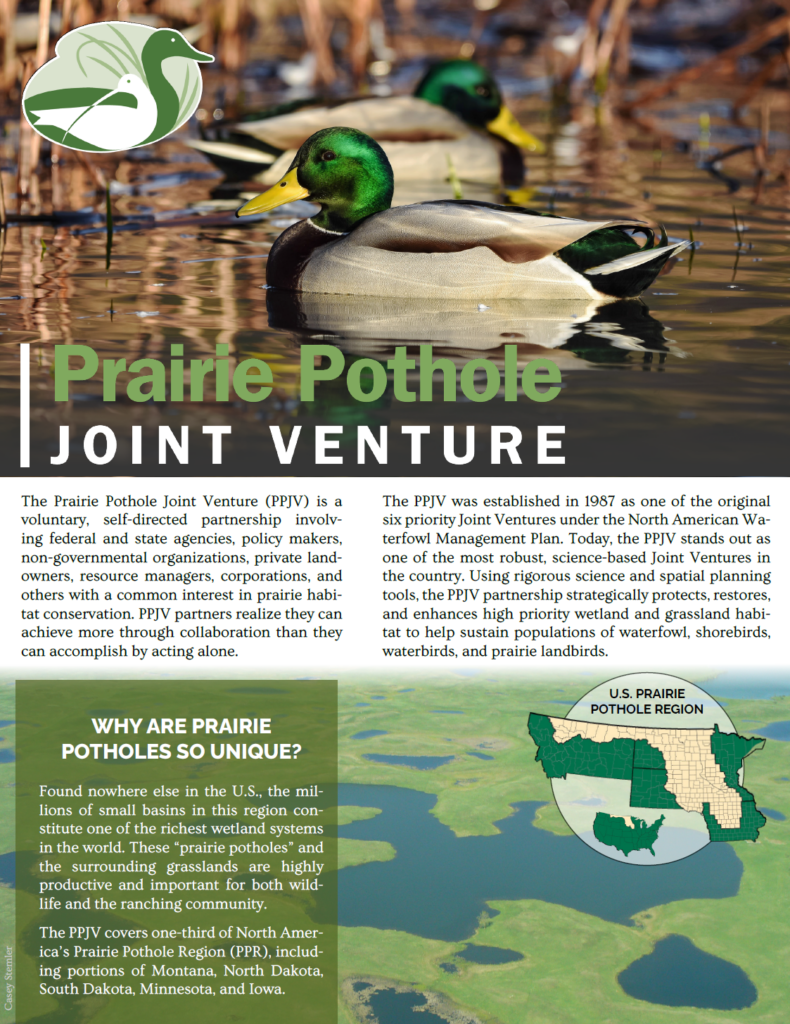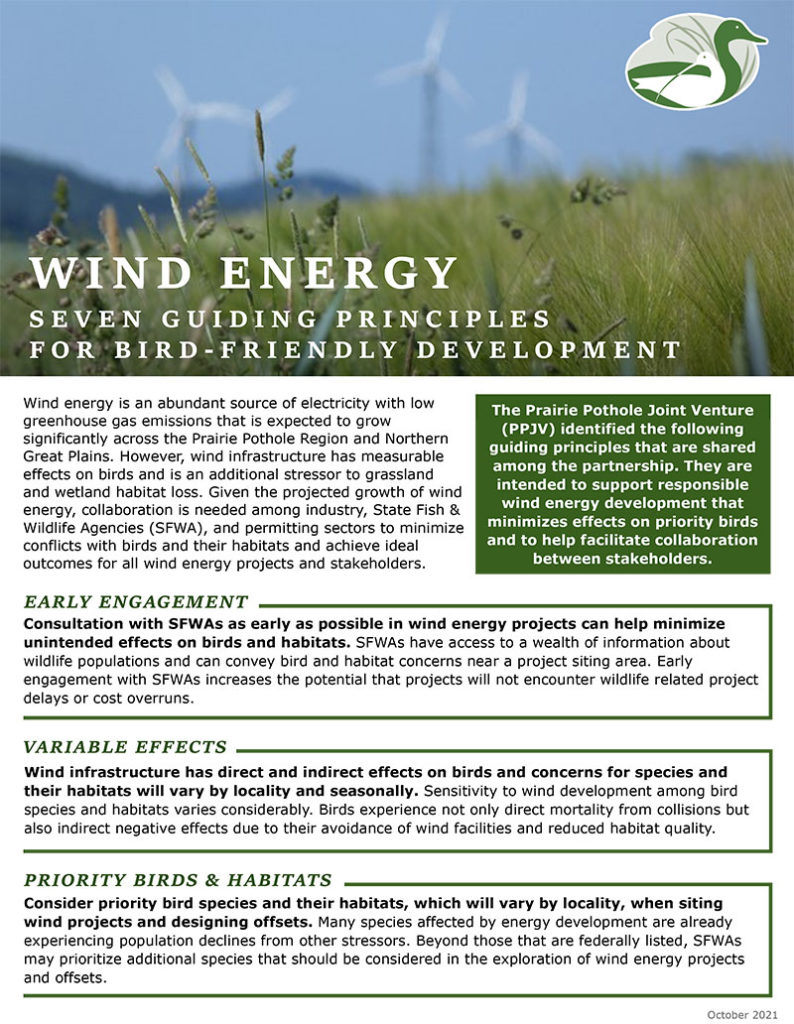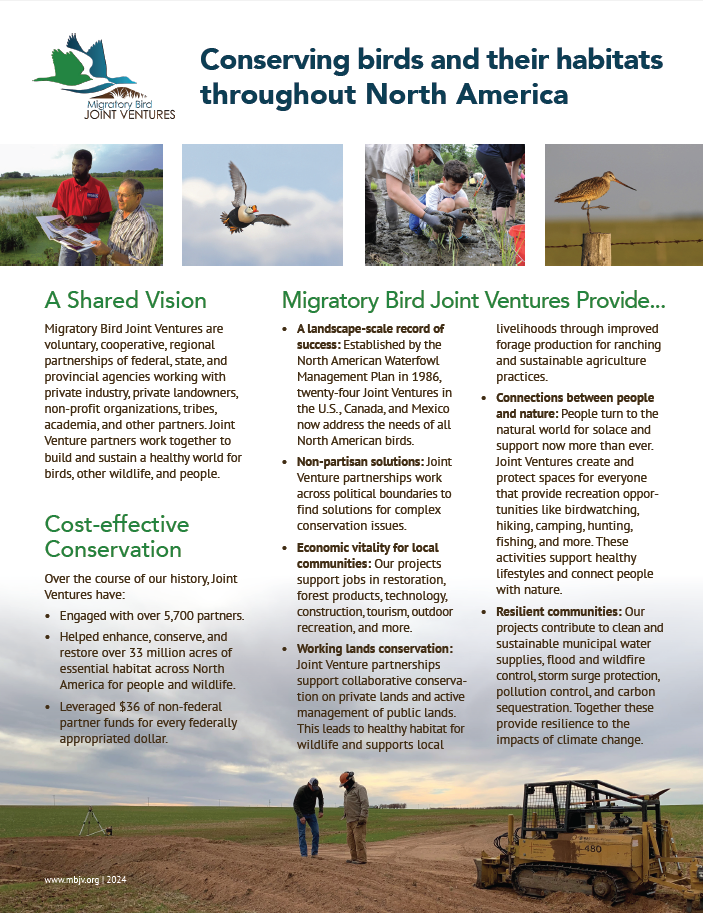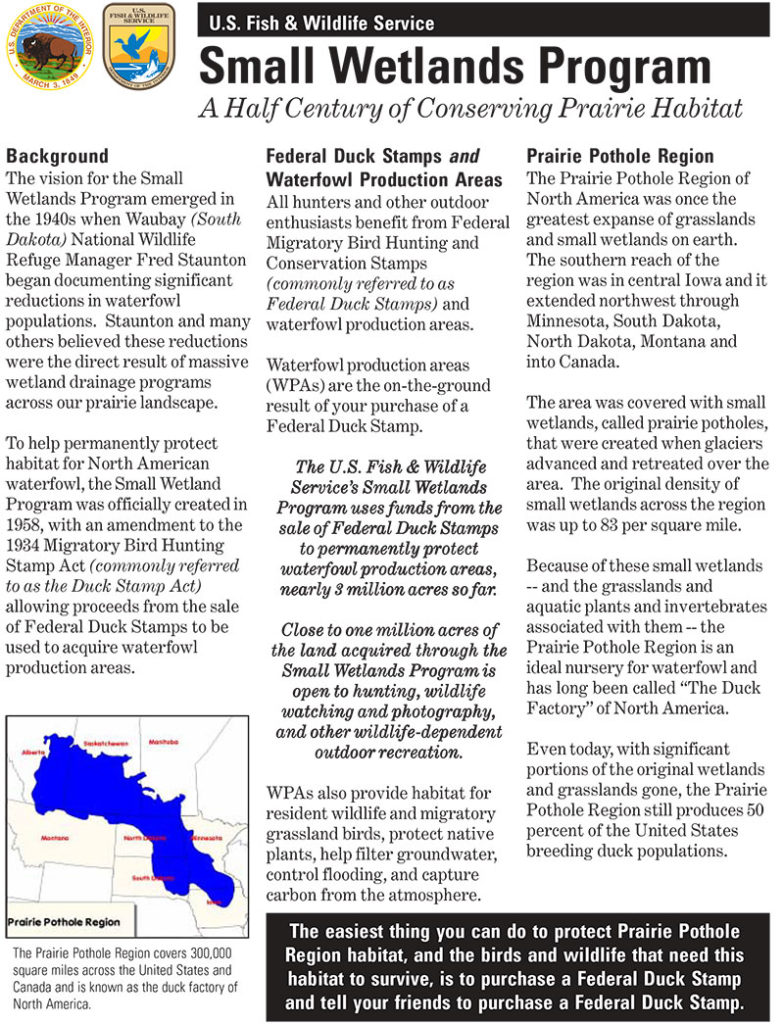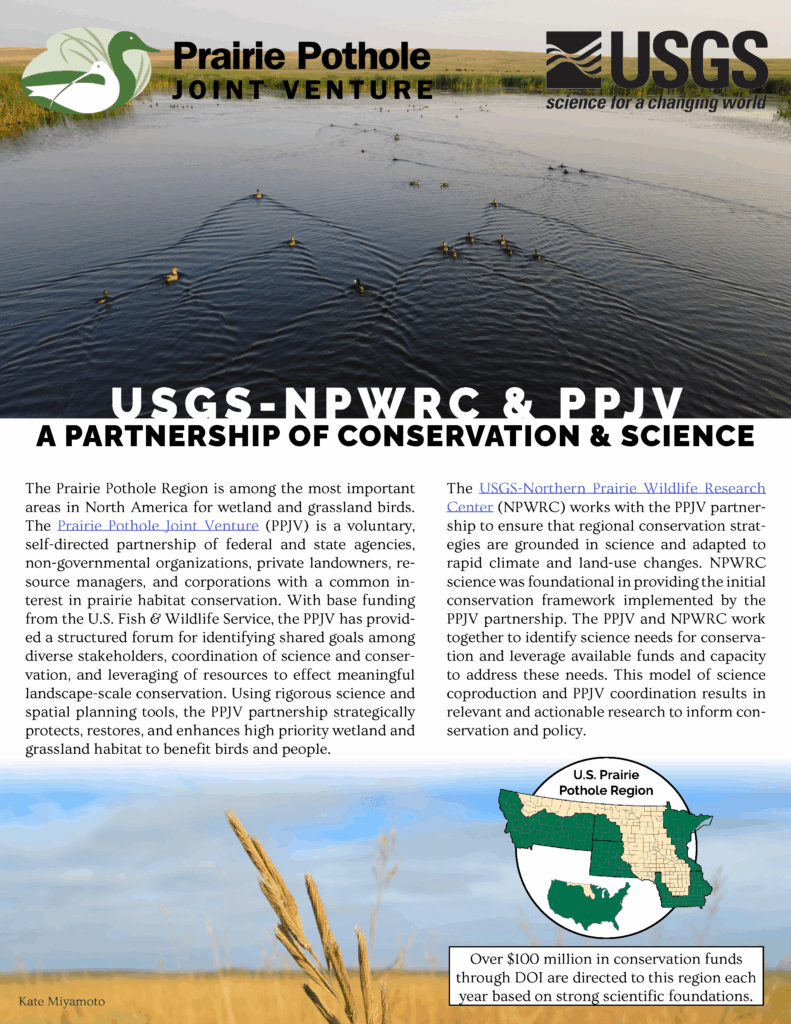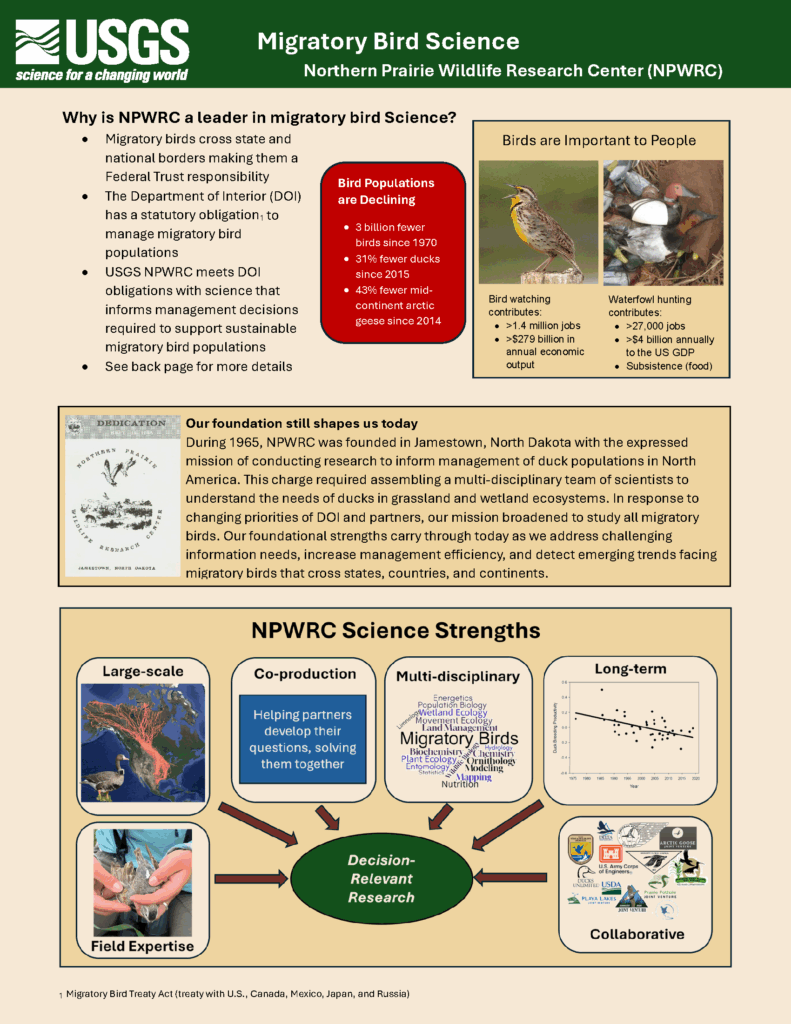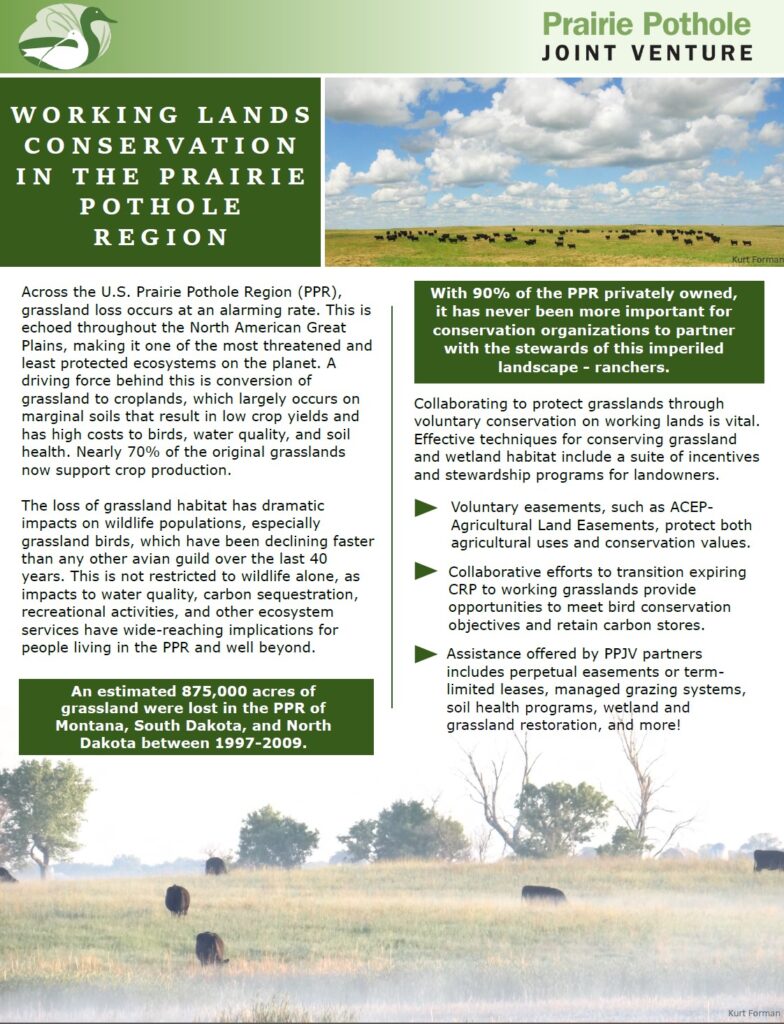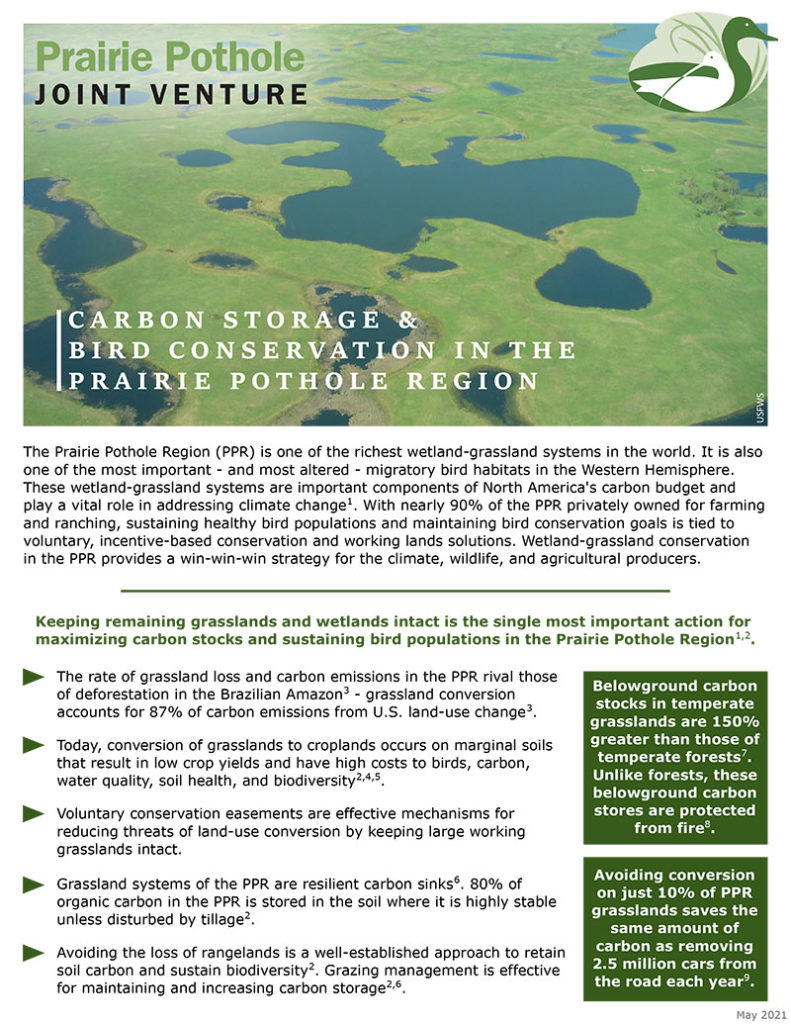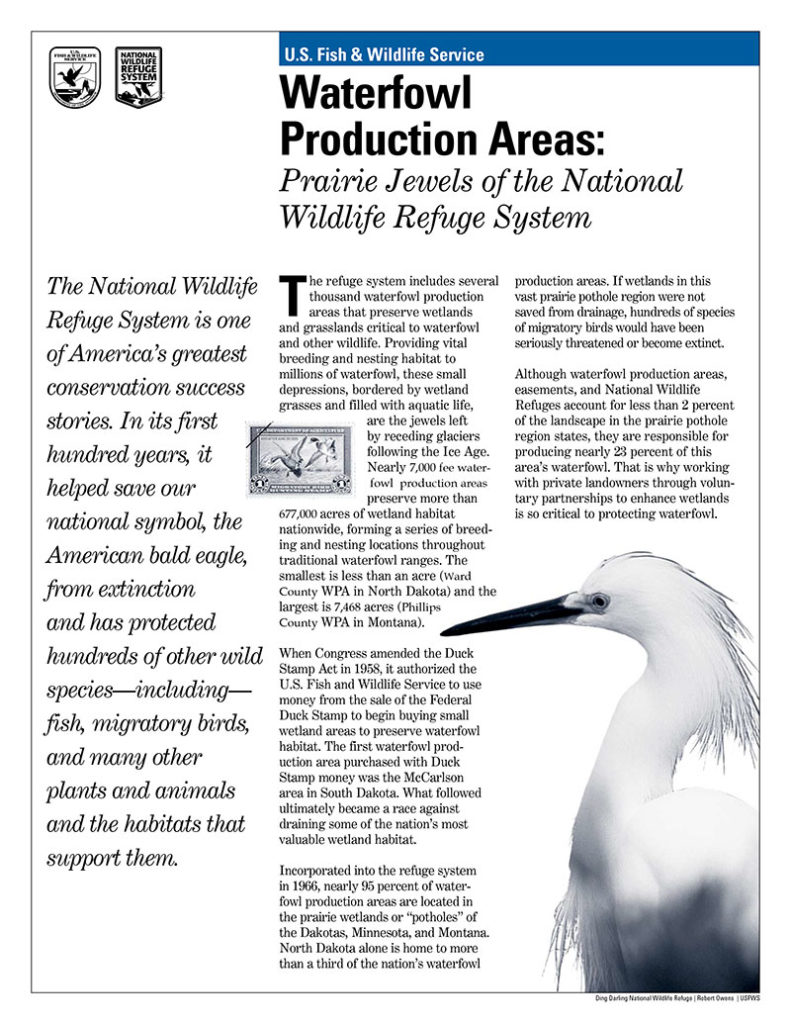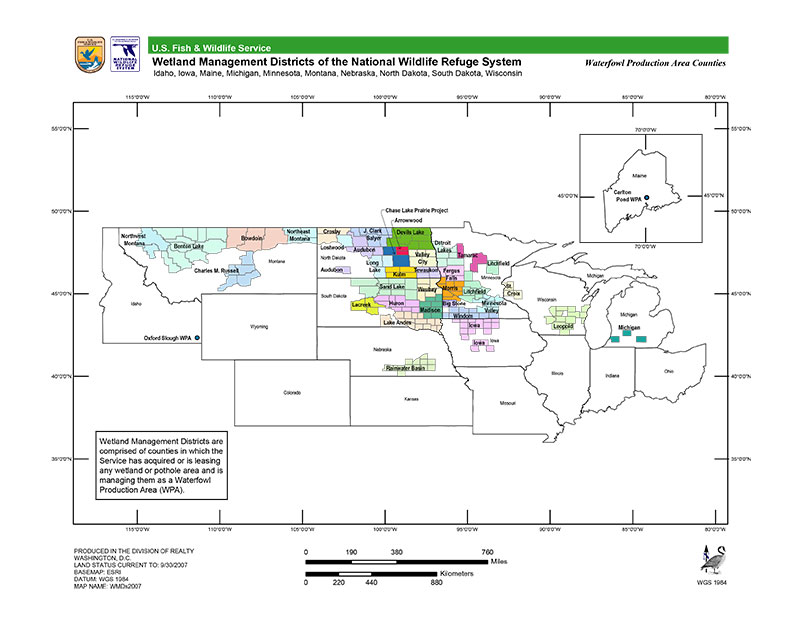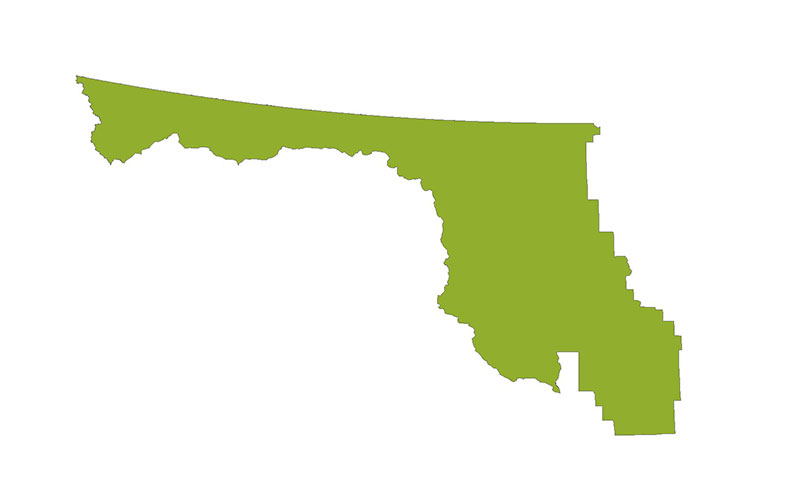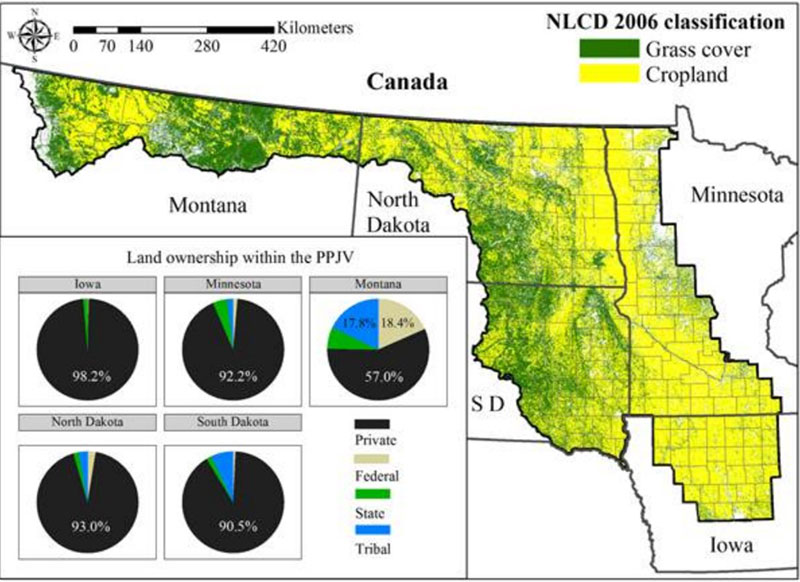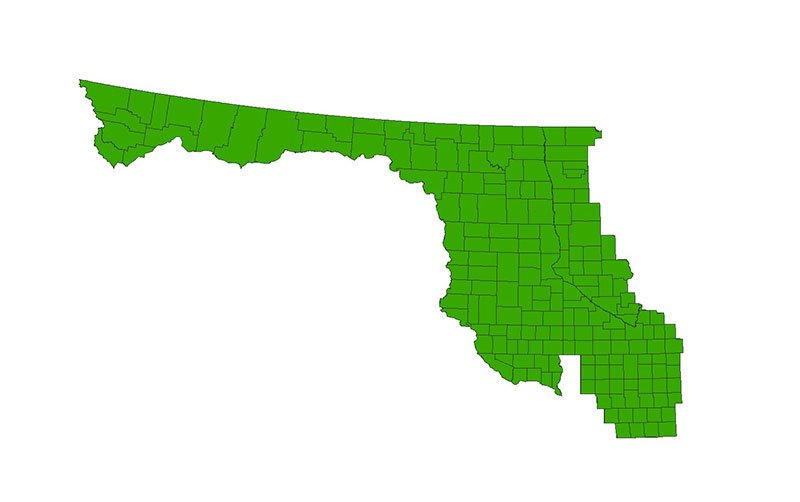Resources
Plans
2017 Implementation Plan
The 2017 PPJV Implementation Plan builds upon the solid foundation developed by past strategic plans. The 2017 Plan primarily differs from past plans by selecting new priority species, including four upland game bird species; incorporating new diving duck models and updated dabbling duck models; emphasizing grassland bird conservation; establishing hunter retention and recruitment goals; and including State Tactical Plans developed by each partner state.
Executive Summary | Plan Foundation
Species Group Plans: Waterfowl | Shorebird | Waterbird | Landbird
State Tactical Plans: Iowa | Minnesota | Montana | North Dakota | South Dakota
The PPJV Strategic Communications Plan 2022-24 is an update and continuation of the 2013 Communications Plan. This document builds on the extensive foundation developed through the initial needs assessment and audience assessment for the 2013 Plan.
The Waterbird Conservation for the Americas partnership addresses the conservation and management of species of waterbirds, including seabirds, coastal waterbirds, wading birds, and marshbirds. The North American Waterbird Conservation Plan is a product of the WCA partnership.
This Partners in Flight plan revision is a guide to landbird conservation in the U.S. and Canada over the next 10 years.
The 2005 plan involved stepping down the objectives of the four international “species groups” plans for waterfowl, shorebirds, waterbirds, and landbirds as they apply to the PPJV. Population and habitat trends, coupled with knowledge of how species respond to landscape change, were used to build a biological foundation and set quantifiable goals.
The 2018 NAWMP continues a legacy of innovation and collaboration that is grounded in 32 years of successful waterfowl and wetlands conservation across the continent.
Concerns over shorebirds led to the creation of the U.S. Shorebird Conservation Plan in 2000. The U.S. PPR provides critical migration stopover habitat for millions of Arctic-breeding shorebirds and is crucial for sustaining populations of grassland-breeding shorebirds, such as the marbled godwit.
This document presents a conservation plan for wetland basins in the region. Published by the PPJV in 2004.
The PPJV Strategic Communications Plan 2013-2017 was designed to help promote, coordinate, and deliver bird conservation in the region. It guides the PPJV’s efforts to implement innovative and targeted communications.
Reports
This report highlights the accomplishments of the PPJV partnership in 2023. Published by the PPJV in 2024.
This report highlights the accomplishments of the PPJV partnership in 2021. Published by the PPJV in 2022.
This report presents findings of a spatial analysis for targeting the Conservation Reserve Program to maximize benefits for migratory birds. Published by the PPJV in 2015.
Produced by the PPJV Technical Committee, these guiding principles are common points of agreement shared among the partnership for responsible wind energy development.
This booklet provides a broad overview of some of HAPET’s projects and partnerships supporting grassland bird conservation. Published in 2023.
This report estimates acres of wetland and rate of loss in the Prairie Pothole Region. Published by the U.S. Fish and Wildlife Service in 2014.
Join us in celebrating the accomplishments of the PPJV partnership from 1987-2022. Published by the PPJV in 2022.
This strategy was developed with over 20 state, federal, and NGO partners across the Great Plains of North America. The goal was to outline information and actions needed to slow and reverse population declines for four grassland nesting birds of conservation concern.
The PPJV conducted a grassland assessment in coordination with seven other Migratory Bird JVs in the Great Plains. The goal was to provide planning and conservation delivery datasets to assist JV partnerships in stemming grassland losses and avian population declines.
Executive Summary
This booklet provides a broad overview of some of HAPET’s projects and partnerships supporting waterfowl conservation. Published in 2023.
This conservation plan provides a strategy for native prairie, grasslands, and wetlands in the Prairie Pothole Region of western Minnesota. Published in 2010.
Factsheets
Learn about the Prairie Pothole Joint Venture in this factsheet, published by the PPJV in 2022. For print copies, contact the PPJV coordinator.
This factsheet provides a brief overview and summary of the Guiding Principles for Wind Energy Development.
Joint Ventures are the model for partnership-driven conservation. This factsheet explains the role of Migratory Bird Joint Ventures and is updated annually.
Learn about the partnership between the Prairie Pothole Joint Venture and the USGS – Northern Prairie Wildlife Research Center (USGS-NPWRC).
This factsheet highlights the USGS-NPWRC’s science contributions to migratory bird conservation.
Learn about the benefits of working lands conservation in the Prairie Pothole Region. Published by the PPJV in 2021.
Learn about the importance of wetland-grassland systems in the Prairie Pothole Region and the role they play in carbon storage.
Maps & Data
Land within the boundaries of the PPJV is primarily in private ownership. This map shows pie charts of ownership by PPJV state as well as land classification within the PPJV boundaries.
Administrative boundary of the PPJV broken down by county.

